Chances are that you are someone who has just bought a new car with an expensive audio system built-in or have just had an aftermarket premium audio system installed in your car but are still not satisfied with the sound quality you are getting. The likely solution to your problem is a sound processor
Comparison Table:
Image | Features | Further information |
|---|---|---|
|
Stetsom STX 2448 | - Brand: Stetsom - Item Dimensions: 6 x 2 x 2 inches - Item Weight: 1 pounds - Number of processors (DSPs): 1 - Input Channels: 2 - Output Channels: 4 - Output Gain:: ✔ - Master Level: 0 ~ 100% - Graphic Equalizer: 15 Bands - Graphic Equalizer presets: 15 - Parametric Equalizer Input: 1 - Parametric Equalizer Output: 1 / Saída (Total: 4) - Routing: A,B / A+B | |
|
Audio Control DQ-61 OEM | - Brand: Audio Control - Item Dimensions: 8.63 x 5 x 1.25 inches - Item Weight: 3.18 pounds - DQ-61 - AudioControl 6-Channel Factory Sound Processor with EQ and Signal Delay - 6 speaker-level inputs (each can handle up to 400 watts RMS of power) - Input level controls with maximization indicator LED - Designed to work with any factory stereo - Internal Channel Summing Easy interface with factory installed amplifiers with built-in crossovers - ACR-3 Dash Control Remote allows for control of the subwoofer level plus processing bypass which makes it ideal for demonstrations - AccuBASS AudioControls patented pending processing to correct the bass roll-off in factory source units | |
|
Zapco DSP-Z8 IV II | - Brand: Zapco - Item Dimensions: 111 x 49 x 16 - Power: 150 MHz/32 bit/48 KHz - 8-Channels - ADC: Cirrus Logic CS5368 24 bit/192 KHz - ADC Dynamic Range/THD: 114 dB/-105 dB - DAC: Cirrus Logic CS47048 32 bit/192 KHz - DAC Dynamic Range/THD: 108 dB/-98 dB - Low level (Pre)/Sensitivity: 8/1-5 VRMS - High Level (Spk In)/Sens.: 6/2-20 V - AUX Inputs/Sensitivity: 1/0.2-4 VRMS - Freq. Response (-3dB): 10 Hz - 22.5 KHz - Polarity: 0/180° - Display (included): 1” LCD - Display (optional): 3” LCD Touch-Screen - Bluetooth Streaming - PC/Display Connection: USB/6-pin Mini DIN | |
|
AudioControl DM-608 | - Brand: AudioControl - Package Dimensions: 2.99 x 9.02 x 12.01 inches - Item Weight: 3.16 pounds - 6 Input Channels, 8 Outputs - Input and Output RTA for Precise and Informed Tuning - All controls and adjustments accessible on your laptop (PC or Mac) via USB connection (AudioControl's Smart-User DSP software included) - Variable high-pass, low-pass, and bandpass filters (20-20,000 Hz at 12 or 24 dB/octave) - GTO signal-sensing turn-on - MILC (Maximum Input Level Control) LED optimization and clip indicators - AccuBASS, Signal Summing, Signal Delay, 12 and 24 dB/Octave Crossovers, 30 Band Equalizer - MILC (Maximum Input Level Control) LED optimization and clip indicators - 12 and 24 dB/Octave Crossovers - 30 Band Equalizer | |
|
AudioControl DQDX | - Brand: AudioControl - Item Dimensions: 16 x 2 x 1 inches - Item Weight: 0.5 Pounds - 6 input and output channels with level controls. Independent Front, Rear, and Subwoofer equalization - Fully adjustable 24dB / Octave Linkwitz-Riley selectable crossover. High voltage Line Driver - Signal Delay to put the speakers in acoustical alignment. PFM (Program Frequency Match) Subsonic Filter - ACR-3 Dash Control Remote Included. Discrete Input and Output level controls with clipping indicators - 12-volt Remote Turn On Output. Built in Pink Noise for easy Signal Delay and Equalizer tuning and system set-up |
1. What is a digital sound processor?
A digital sound processor is a microprocessor that is dedicated to receiving the signal from the source and then routing it to your amplifier. This device plays a very important role in removing any equalization or enhancements that the vehicle manufacturers have built into their systems to try and make up for their deficiencies.
A digital sound processor is an absolute must if you want to listen to music as the musicians intended for it to be heard. For a true fan of music or just someone who appreciated high-end audio, this is often non-negotiable.

2. What does a DSP consist of?
There are different kinds of digital sound processors each of which performs different functions. They consist of the following:
Equalizer – These help in fine-tuning the music of your car to your specific taste as well as the acoustics profile of your car. The purpose of equalizers is to remove any distortion that can hamper the listening experience and smoothen out the frequency response of the audio system.
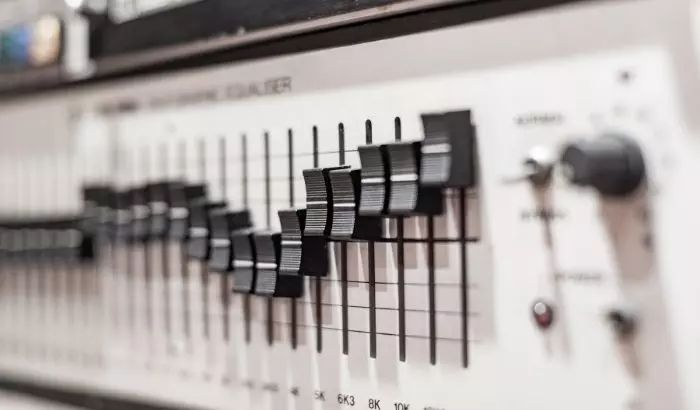
Crossover – The job of a crossover is to divide the different frequencies into high, medium and low. These frequencies are then channeled into the correct speakers to get the best out of the system. Electronic crossovers allow a greater degree of control over the sound quality and help in elevating the entire experience.
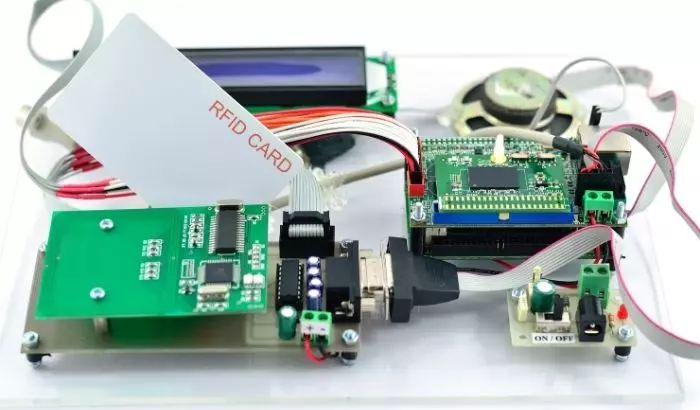
Line Output Converter – A line output converter is excellent to enhance the sound coming from any factory unit receiver or an aftermarket one for that matter. The volume output is increased without straining the amplifier and this also helps reduce the level of noise from the audio system.
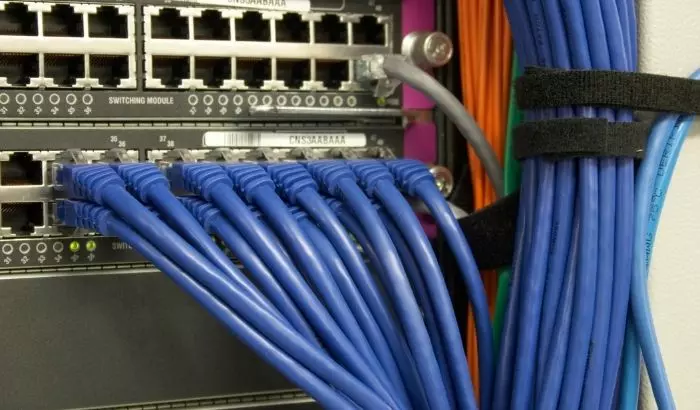
Bass restoration processors expanders – These are installed in cars that have at least one sub-woofer installed as a part of the audio system. They help increase the level of bass that is produced while making it more accurate at the same time. Bass restoration processor expanders are perfect for someone who listens to low-frequency music or wants to increase the bass output.
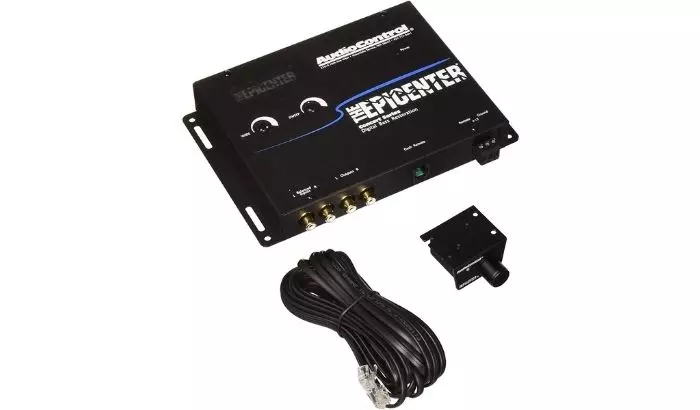
3. Why is installing a DSP necessary?
This is a question that we often get and the answer to that is simple. Music is often heard through equalization filters and optimized for average speakers at best because that is what the majority of people are going to listen to. A DSP helps to strip away all of these filters which affect the quality of the sound and make it worthy of the premium audio setup that you have got going in your car.
Time alignment
Time lag is something that can be a big problem is not accounted for during the setup. Since sound travels at the same speed from speakers placed at different distances from the driver, they will end up reaching at different times and appear to make the sound skewed. A DSP can ensure that each speaker is calibrated such that their sound reaches the driver position at the same time.
The end result is a sound stage that just has to be heard to be believed. People who thought they were listening to a high-end audio system before installing a DSP and making the appropriate changes were absolutely blown away by the realistic nature of the sound stage. It honestly feels like the band is playing inside your car!
Control the crossover
The crossover can also be tweaked to control which kind of frequency gets sent the subwoofer, which gets sent to the tweeter and so on. This way there is almost no chance of a blowout even as you keep on increasing the volume.
Take up Equalizer’s role
Once the DSP has converted the source signal into a high-resolution signal representative of the original track, there is an almost endless amount of fine tuning that can be done. Every speaker in your car can be given a dedicated amplifier channel and fine-tuned individually.
This means that speakers of different sizes, different outputs and from different locations will be able to serve up music within their optimum range. Depending upon the kind of crossover that has been installed, appropriate tweaks can be made through the DSP to ensure that there is lag from any speaker and that the sound reaches your ears at perfectly the right time.
Get rid of “beaming”
There is also something called as the ‘beaming phenomenon’ which has to be avoided when you are dealing with music at higher frequencies. In this situation, music coming from different directions actually starts to interfere with each other and can cause an increased amount of distortion and noise.
With a DSP, there is enough individual control over every speaker that the frequency output can be controlled from every speaker and this phenomenon can be prevented.
All of this may sound technical and it can be overwhelming but if your goal is just to listen to incredibly realistic music at the highest quality possible then it is essential to install a DSP to go with your system.
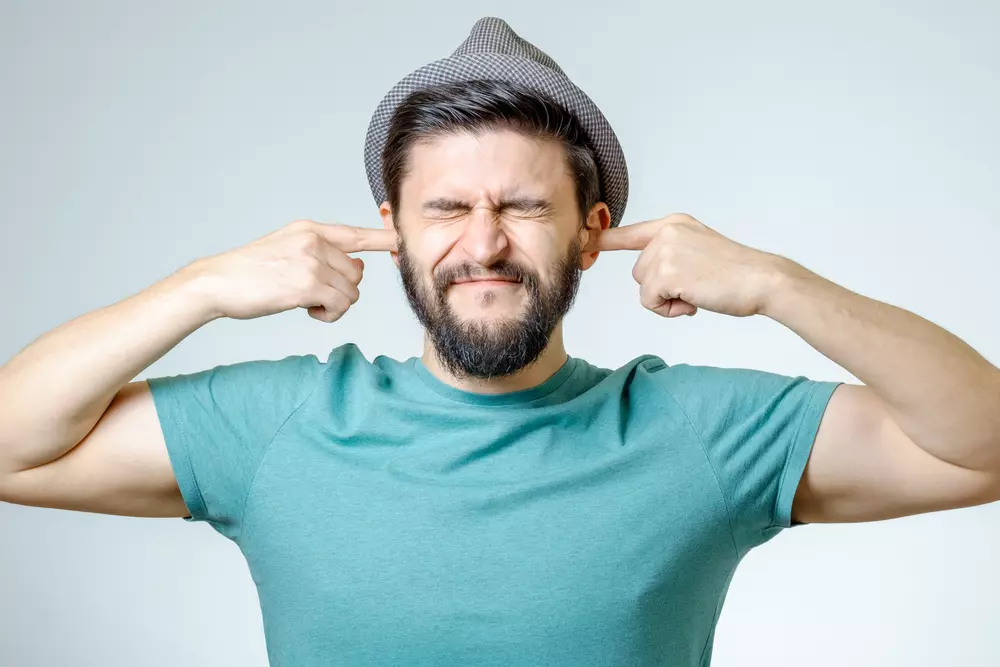
4. Do you really need a DSP?
This question can be difficult to answer because it involves knowing what you want from your high-end car audio system. Here are some questions that you should answer that will help you. Do you have a high-end car audio system? If the answer is yes then you are someone who wants to get the max out of your investment and a DSP will certainly go a long way in helping you out there.
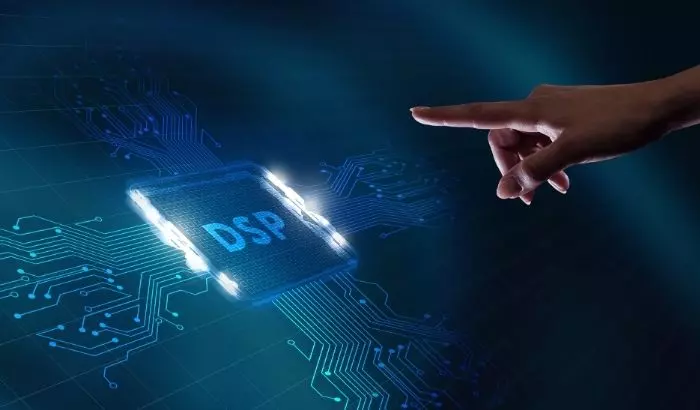
Of course, ‘high-end’ can mean different things to different people so let’s break that down a little further. Are you someone who has had a component speaker system installed in your car? Go for the DSP. It will give it a boost that you can barely imagine.
If your car audio setup is one where there are more than one amplifier systems in place then you absolutely must install a DSP. It can be tricky controlling a complex audio setup and a DSP will help you do that with relative ease.
Another important thing to consider is your budget. Not all of us are born with limitless resources so ask yourself if you have the money to invest in a DSP for your car audio system? If the answer is a no, then we recommend holding off till you can save enough money otherwise you are not getting the best out of all the money you have put in it until now as well. The last question may actually the most important one of all. How much do you care about sound quality? Not everyone needs to get the best possible music from their speakers, not even everyone who splurges on a high-end car audio system. If you are one of these people then give the DSP a miss.
If you are, however, someone who cares deeply about music and believes that a good tune can uplift your mood then you owe it to yourself to hear music the right way. It’s something you are never going to go back from.
Conclusion
As someone who does not have much knowledge of what goes into making a high-end car audio system tick, the various number of components you need can seem excessive and that’s understandable. Once you dive down this rabbit hole, however, there is no point in going half-hearted because the end result is not going to be as good as it should be. A DSP may just be the final piece of the puzzle that your car audio system needs.














